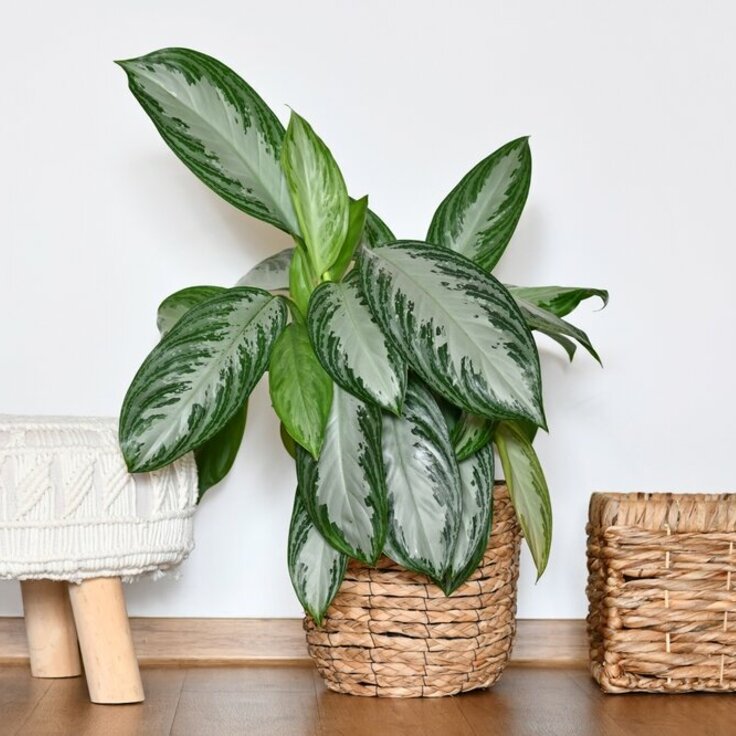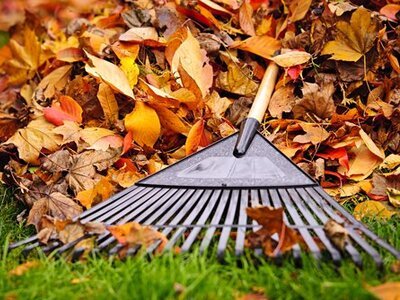Seeding an existing Lawn
Let’s say that you already have a lawn, but there are places that need to be filled in and thickened up. Your best bet with this type of lawn is to aerate it and over-seed.
The aerator
An aerator is a machine that will poke a hole in the ground (thousands of them actually) and remove a core of soil and leave it laying on the surface. These are called core aerators. Some aerators will simply push a spike into the ground creating a hole, this type is not as good. Check with an equipment rental store to find an aerator that will work for you.
Start with mowing
To start with, mow your grass as low as you can safely, don't throw rocks and dig dirt with the mower, but get it down to about 1" high. This will stunt the grass and slow its growth allowing the new grass that you seed to get started with limited competition from the existing grass.
Using the aerator
After mowing take an aerator, and go over the entire lawn at least twice. Depending on the model you use, the aerator will poke holes every 2 to 8 inches apart. If you can look down at the lawn at any point and not see spots that don't have holes larger than 6", you are doing fine. If you have a spot larger than 6" without holes in it, you won't have very much grass come up in that spot, so go over the lawn as many times as it takes to be sure you have holes everywhere.
Measure your lawn before seeding
Once you’re done aerating, you will start spreading your seed, but you need to accurately measure your lawn first. Everything you do in lawn care depends on the measurement of your lawn, so do it correctly the first time and write it down so you can refer back to it whenever you need to.
Right amount seed
The amount of seed you use is important. If you don't use enough you won't get the desired results. Most professionals will use 350 pounds per acre for lawns. Divided out per thousand square feet that is 8 pounds per thousand square feet.
Get the best result with a seed spreader
Rent, buy, or borrow a seed spreader. This will make your job much easier! Do not use your hand and just throw it around, you won't get even coverage.
Spread the seed using half of the required amount spreading it in one direction, use the other half spreading the opposite direction creating a cross hatch pattern on the lawn. This way you are assured of getting even coverage.
Drag the lawn
After spreading the seed take a drag of any type, a piece of chain link fence, a board with a rope tied to it, or anything else you can drag behind your mower. Drag the lawn, this will push and drag seed into the holes you created and break up the little plugs of soil that the aerator left on the ground, it will cover up most of the seed giving much better germination and a thicker lawn.
Spread starter fertilizer
Once you complete the dragging, spread a starter fertilizer. You can actually do this first if you want to, it really doesn't matter. A starter fertilizer has a higher middle number than first and last numbers which means more phosphate.
You will need to put down 8 pounds per thousand square feet of a 6-12-12 or 4 pounds per K of a 6-24-24. This will give the ground the nutrients needed to germinate and start a turf lawn, thus the name "starter fertilizer".
After about a month the new grass will start to yellow off some or maybe turn pale green, this is showing you that it is time to fertilize again. Apply 6# per K of 15-15-15 this will provide the nitrogen for green and growth and phosphate and potash for root growth and overall vigor.
After the grass is about 3 weeks old you should be able to start mowing. Be sure to cut it high. Fertilizing will also need to be done on a regular schedule.








